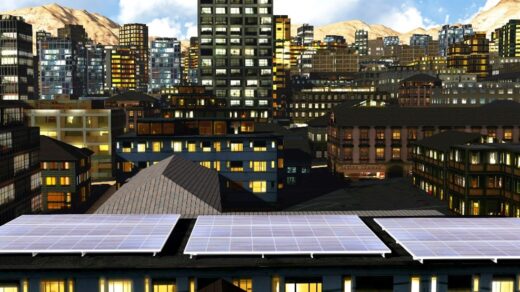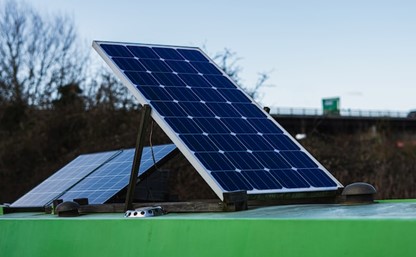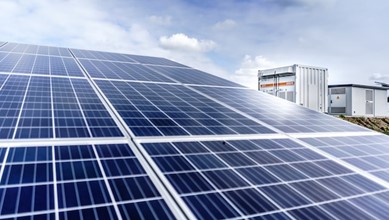
Want to know where one of the fastest-growing sources of energy comes from?
Just look up.
It’s not just an interest in green energy that has spurred huge growth in the solar industry. Solar energy, the most abundant energy resource on the planet, has ramped up production and costs are lowering as a result.
USA Clean Energy Association explains that while just around 3% of electricity in the U.S. comes from solar power, over 22 million solar panels were added to American homes in 2022. The solar industry’s size jumped an average of 21% every year between 2018 and 2023. The market share is now a whopping $21 billion.
It’s always been more efficient than other traditional energy sources, but now that solar is more affordable and the drive to protect the planet becoming more hastened, the popularity of solar energy may be here to stay.
Solar Growth Spurt
The rise of solar energy is in line with a greater push and interest in renewable electricity worldwide.
This fact, paired with government policies and global climate goals, has made solar power one of the fastest-growing forms of energy since wind power. New installations of renewable technologies are at an all-time high.
All told, the capacity for renewable electricity, in part created by solar power, is expected to grow over 60% by 2026.
Many barriers to renewable energy have been removed, but further acceleration by governments means renewables will just keep growing. Easier grid integration and permitting, as well as higher tax breaks for solar energy use, will only make the industry go faster.

What’s Cost Got to Do with It
News related to the solar industry’s affordability is positive. In the past 10 years, prices for residential installation have fallen 64%.
That’s a big drop, but still not enough to lead to a fuller integration of the energy alternative. A standard but complete solar system still runs around $20,000.
Part of the affordability solution involves creating more jobs related to the solar industry. There has been significant growth there, too. Around 4.3 million jobs were linked to the solar industry in 2021.
More manufacturing generally leads to lower initial costs to companies behind the work — and that means eventually lower costs to consumers.
The U.S. Department of Energy promoted the SunShot initiative in 2011 as a way to make solar energy a more viable option compared to other common sources of electricity.
The permitting process has been refined by the federal government’s Solar Technologies Office, which also invested millions in the effort to improve systems of manufacture and solar technology as well.
There are also a larger number of affordable financing options tied to solar power, helping consumers feel better about installing solar panels and making it easier to take out loans for assistance.
Many states now offer solar power-specific loans as well. Property-assessed clean energy (PACE) loans let owners repay a loan that can be repaid as an additional line item during tax season. That makes the transition to solar an even easier pill to swallow.



